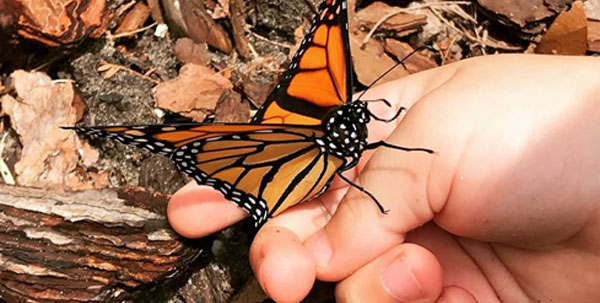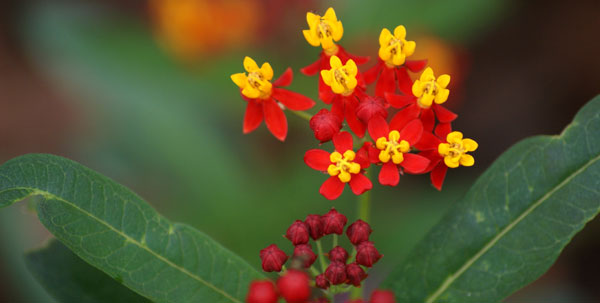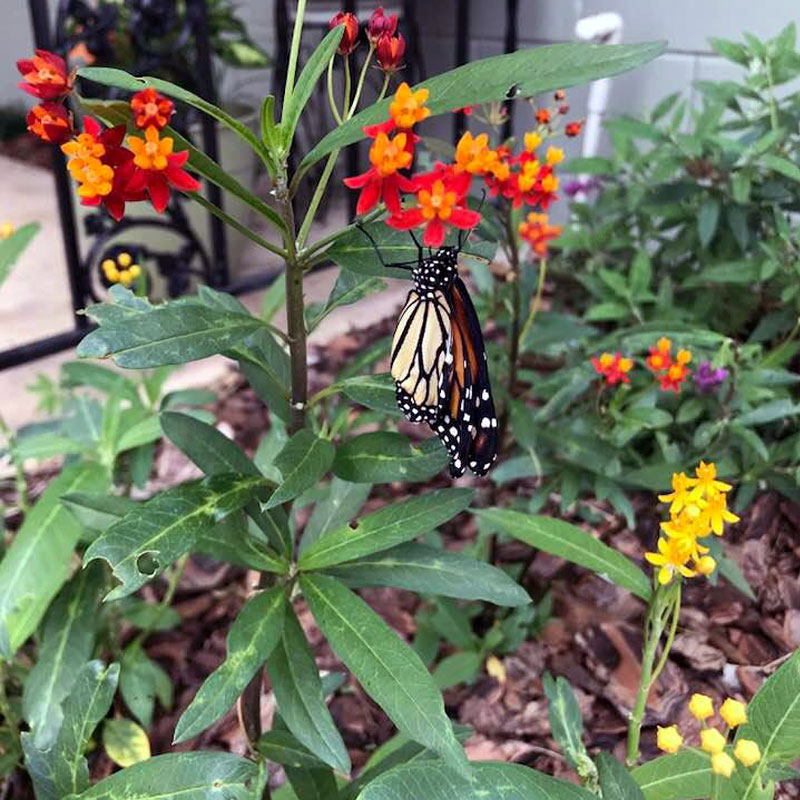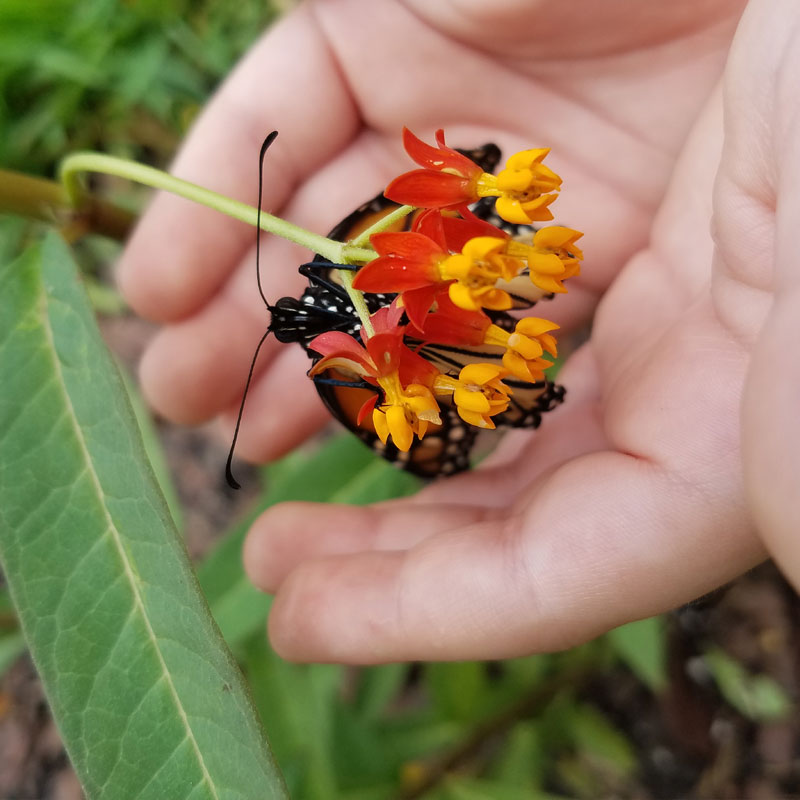
Raise and Release Initiative
Save the Monarchs is spearheading a statewide initiative to raise and release monarch butterflies across a variety of native habitats and breeding grounds.

Flora Restoration Initiative
Monarch butterflies depend on milkweed to lay their eggs. We are committed to planting thousands of milkweed, nectars, and other pollunating plants throughout the state.

Public Awareness Initiative
Education is key. Awareness of the monarch butterfly's life cycle and habitat requirements is essential for their survival and an important step toward conservation.
The Monarch Butterfly is one of nature’s key pollinators. Environmentalists say its decline, which they blame in part on climate change, threatens the ecological health of the region, and other crucial insects may be suffering as well.
Environmentalists say insects such as the monarch spread pollen throughout the region, helping create lush natural land and spread plant life. They also are important to the food supply because they pollinate plants that grow potatoes, tomatoes and other produce.
The monarch’s worldwide population has diminished by about 80 percent since 1996, according to The Nature Conservancy.
Life Cycle
Monarch butterflies have been in the news quite a bit recently, due to their rapid decline. In order to find ways to help, it’s essential to first understand the life cycle of monarchs. When adult monarch butterflies migrate from their overwintering grounds in spring, the females begin a search for a suitable place to lay their eggs.
Female monarchs lay their eggs exclusively on milkweed plants, one of the critical roles it plays in monarch survival. Female monarchs will actually taste the leaf to make sure it’s suitable milkweed, before laying her eggs. Let’s take a visual journey through the monarch life cycle!
Stage 1: Egg
If you take a close look at milkweed pods and leaves in your garden, you may find monarch eggs. And if you find one, there are likely more. Female monarchs lay between 400 and 1200 eggs throughout their lifetime. It takes about four days for an egg to hatch. The monarch hatchling will eat its eggshell, which is filled with nutrients, and then the milkweed leaf.
Stage 2: Caterpillar
Once the caterpillar hatches, it grows rapidly. It’s estimated that in two weeks, the caterpillar will be 3,000 times larger than the day it hatches. Monarch caterpillars shed their exoskeleton (or molt) as they grow. The black thing that pops off at the end of the video is the head capsule.
Stage 3: Hanging “J” and Chrysalis (pupa)
When the caterpillar is fully grown, it will find a suitable place to make its chrysalis. It will attach a wad of silk and hang from it, upside down (in a “J”). It spends approximately 18 hours in this position (depending on environmental factors). As you can see in the video, the exoskeleton splits near its head and the caterpillar wiggles to discard it.
As the monarch sheds its exoskeleton for the final time as a caterpillar, it forms a chrysalis. Inside the chrysalis, the caterpillar begins its transformation into a butterfly. The first few hours of the chrysalis (pupa) stage is delicate, as the exoskeleton is soft and weak.
Stage 4: Butterfly
After 8-10 days, you’ll see the monarch wing colors and patterns quite clearly. This is when the monarch is ready to emerge from the chrysalis (eclose). The monarch pushes its way out, and grabs hold of the exoskeleton. At first the monarch looks unbalanced, with a huge abdomen and tiny, folded wings. Within minutes the wings expand to their full size. The butterfly waits about an hour or so to dry its wings and prepare for flight.
Reference: National Wildlife Federation




